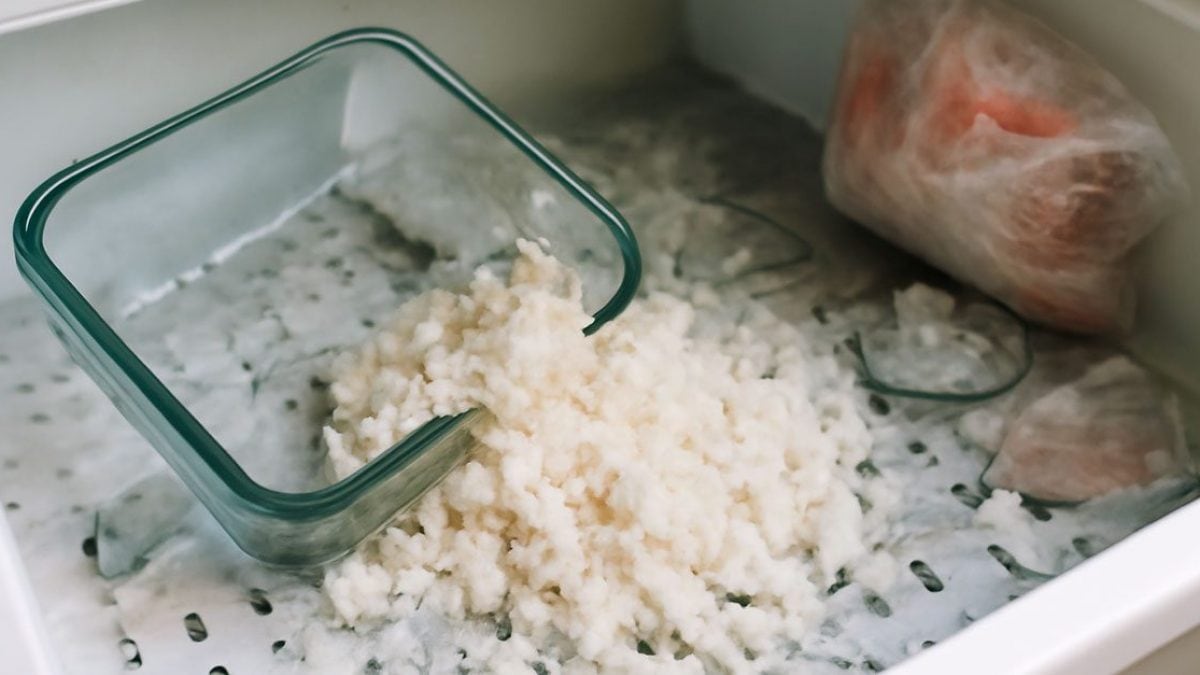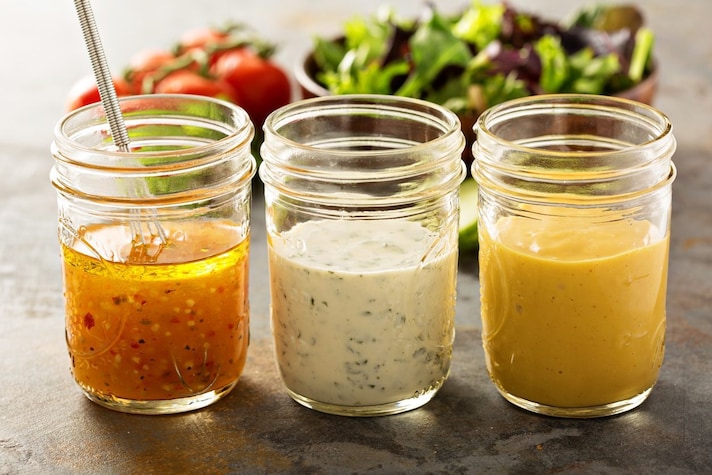
Glass containers and jars are the type of receptacles that are never missing in the kitchen: they are practical, difficult to ruin and are perfectly airtight, which is why they retain their aroma and consistency for a long time, as well as not contaminating food as plastic containers might do.
But what to do when the food you need to preserve needs to be put in the freezer? Many people think that glass cannot be frozen because it could break, but in reality this is not the case: glass containers can be placed in the freezer, but it is necessary to follow some precautions to do it correctly and avoid unpleasant accidents. Here is a guide to freezing glass in complete safety.
How to Freeze Glass Without it Breaking
Freezing jars and glass containers without breaking them is much easier than you think, you just have to follow a few small and simple rules. First of all, for safe freezing it is essential to choose a jar of the right shape: the most suitable are those that do not have parts that are too narrow or elongated but are instead pot-bellied and with a wide mouth. Also remember to use caps and lids that match perfectly and not recovered from other containers, otherwise there is the risk that the jars will open or that the lids will "detach" from the neck.
It is very important to let the food cool down completely before placing it in glass jars that will then go into the freezer. Glass is a material that suffers a lot from thermal stress and therefore the contrast between the heat of the food and the cold of the freezer would certainly cause fractures in your container. Whatever food you need to freeze, it is important to leave a little space between the food inserted and the lid of the container: when frozen, foods expand (especially liquids) and, if they do not find space, they would put pressure on the jar and end up breaking it.

Last but not least, remember this rule when freezing using glass: this material, as mentioned, reacts very badly to thermal shock and therefore the cooling of the container must also occur gradually to prevent the glass from breaking. The correct practice is to place the containers with the food in the refrigerator and let them cool for at least 3-4 hours, and then only at a later time move them to the freezer.
How to Freeze Food in Glass Jars Properly
Choosing the right type of container for a specific type of food also makes a difference in terms of safety when it comes to freezing glass. In general, remember that:
- Cooked liquids, legumes and vegetables tend to expand naturally and, especially in the case of liquids such as soups, broths or sauces, they can double in volume at low temperatures. So make sure to store these types of foods in jars and containers with a wide base and leave at least 4 centimeters of space between the food and the lid.
- Bread, pasta, cakes and biscuits do not undergo the same expansion process: in this case, the advice is to use a square or rectangular container that you can fill to the brim, because it is not necessary to leave a space between the food and the lid of the glass jar.
;Resize,width=767;)
